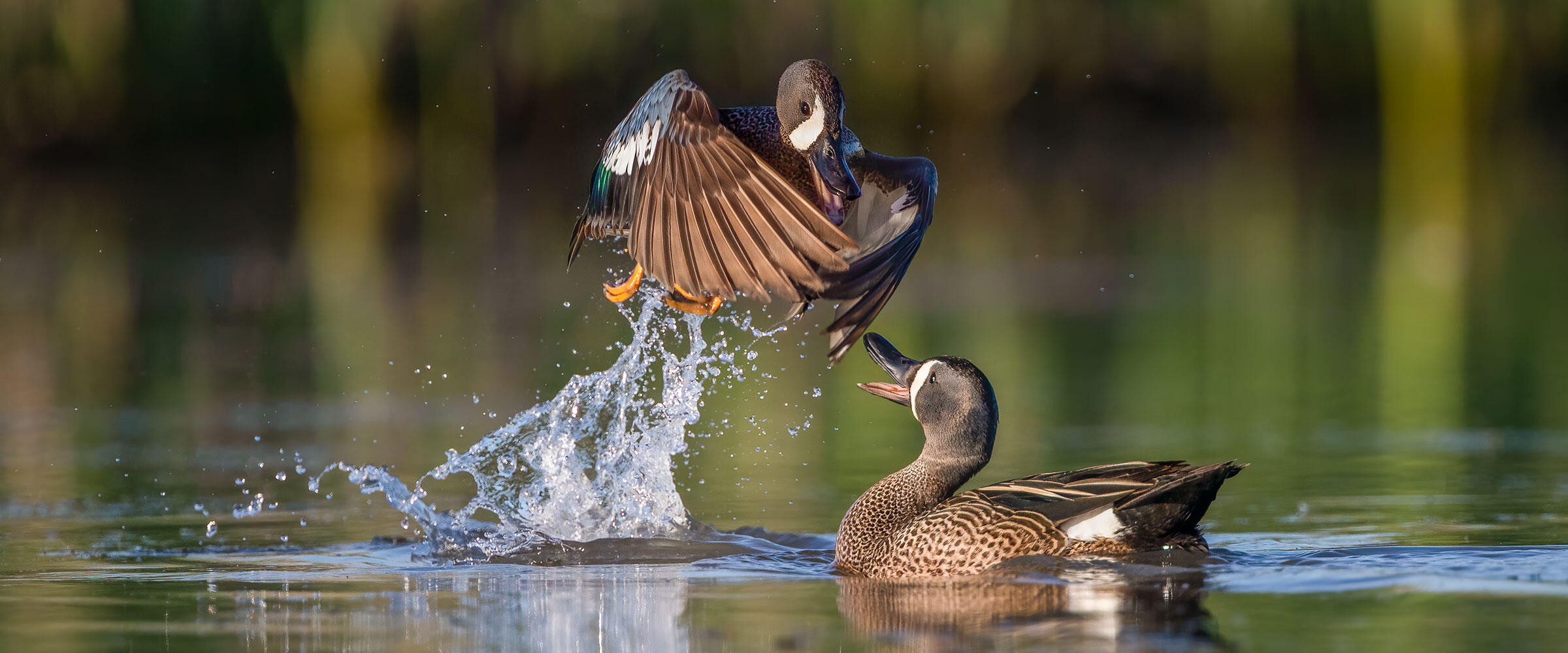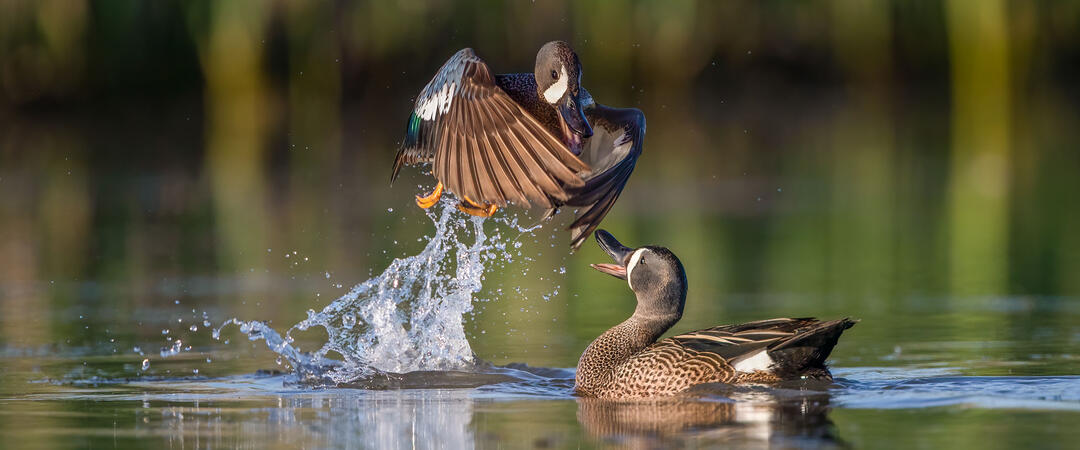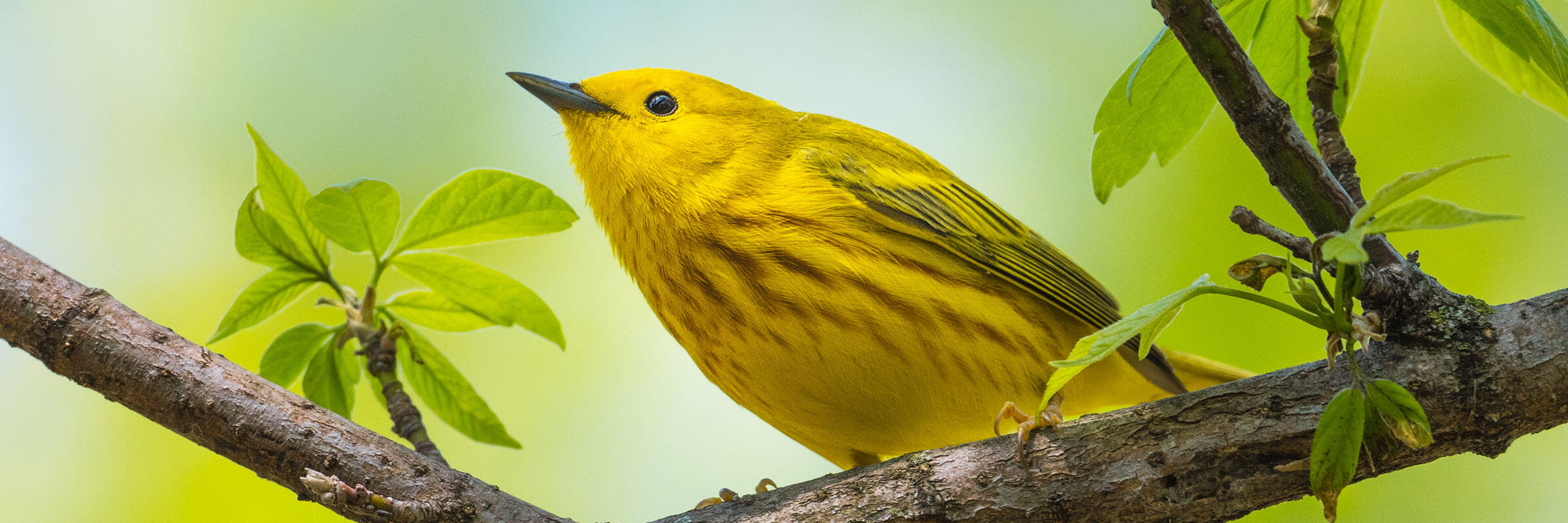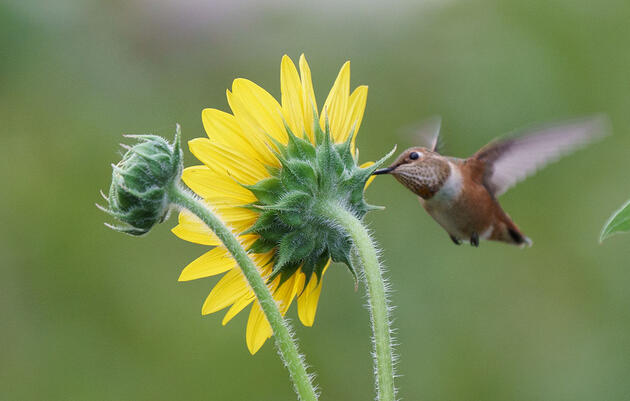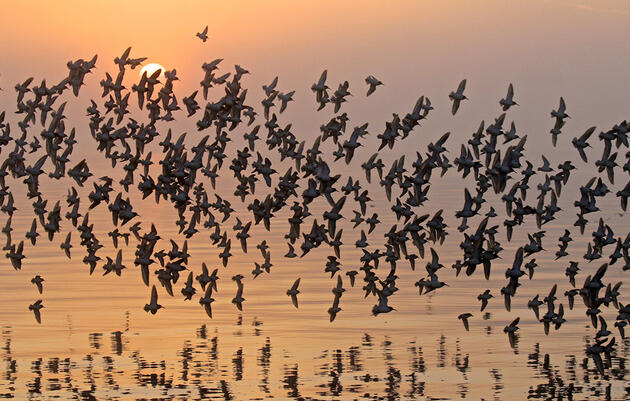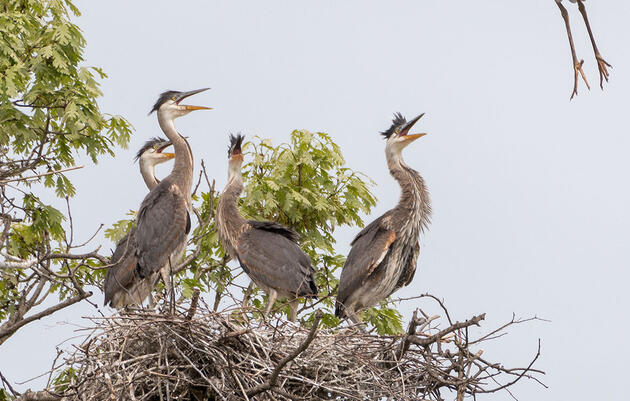Located where the prairie meets the mountains, Fort Collins has an abundance of options for bird watching. Luckily for birders, the city has preserved a suite of natural areas that offer excellent visiting and bird watching opportunities. Habitats in these natural areas include shortgrass prairie, wetlands, ponds, cottonwood forests, shrubland, and ponderosa pine forest. Each features a unique community of birds. If you're new to birding, ponds and wetlands may be your most rewarding option, as birds there are usually larger and more visible. Here are just a few places to start birding in Fort Collins recommended by three Fort Collins Audubon Society board members.
City Park and Sheldon Lake
If you’re new to birding, this is a good spot to get familiar with birding in Fort Collins without being overwhelmed by too many species. It’s also a great place to see birds without binoculars and to experience them up close. City Park is fantastic for discovering that "ducks" include so much more than just Mallards. Spring migration brings the return of Double-crested Cormorants, American White Pelicans, Turkey Vultures, Orange-Crowned Warblers, and both Tree and Barn swallows. The park is very accessible with paved trails and many benches scattered throughout. City Park is conveniently located at 1500 W Mulberry Street.
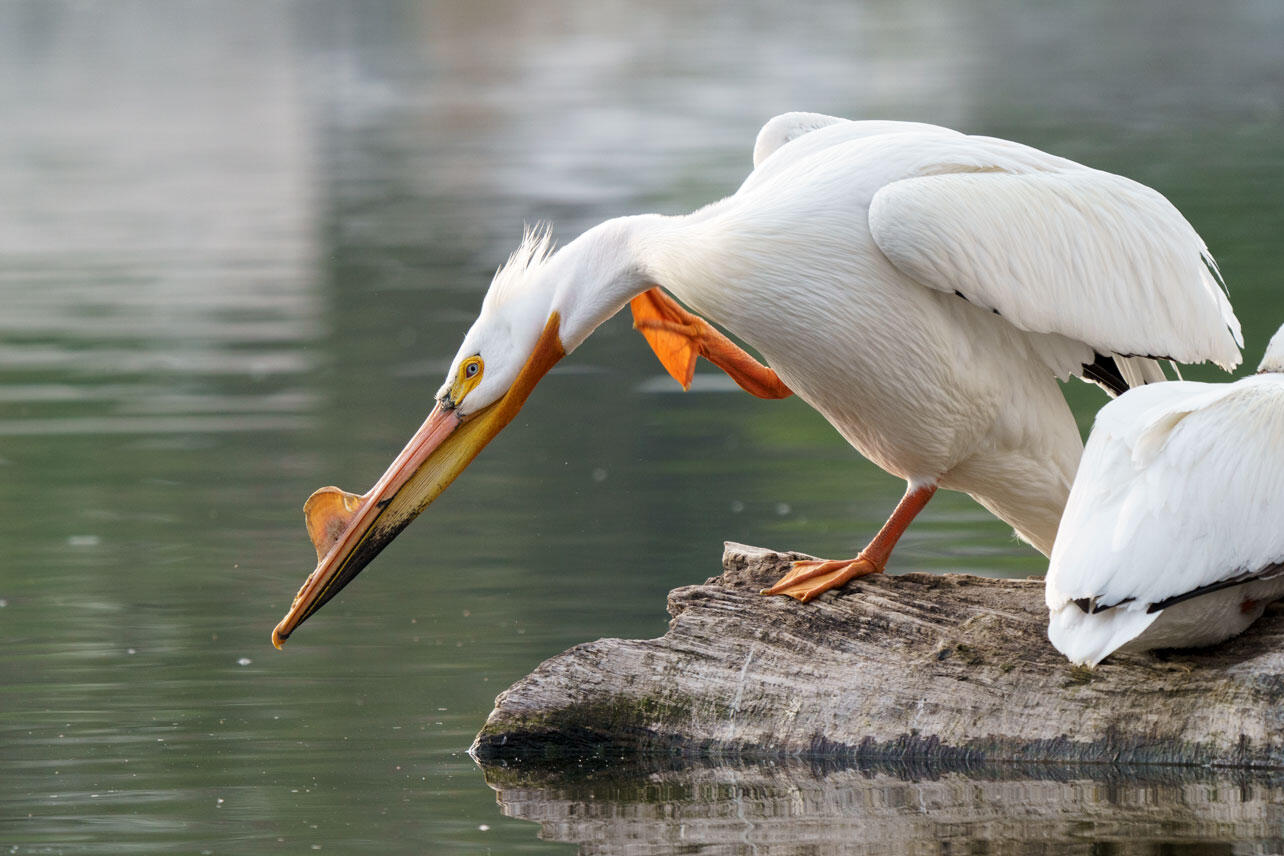
Riverbend Ponds Natural Area
At Riverbend Ponds Natural Area, it's possible to see larger birds in the water or sky (sometimes without binoculars) and there's also a decent variety of little birds too. A nice contrast to City Park, Riverbend Ponds might appeal more to folks who want to feel like they're in a natural area as opposed to a more structured park. Spring migration brings the return of Blue-winged and Cinnamon teals, Great and Snowy egrets, and Osprey. The flat trails are welcoming, there are a few benches, and it's possible to avoid the incline off the Prospect Road entrance by entering at one of the other parking lots, like the one off of Timberline Road.
The natural area can be accessed via parking lots on Cherly Street (off Summitview, 2909 Cherly Street), Prospect Street (between Sharp Point and Summitview, 2856 East Prospect), Cairnes Street (off Timberline, 705 Cairnes Drive)
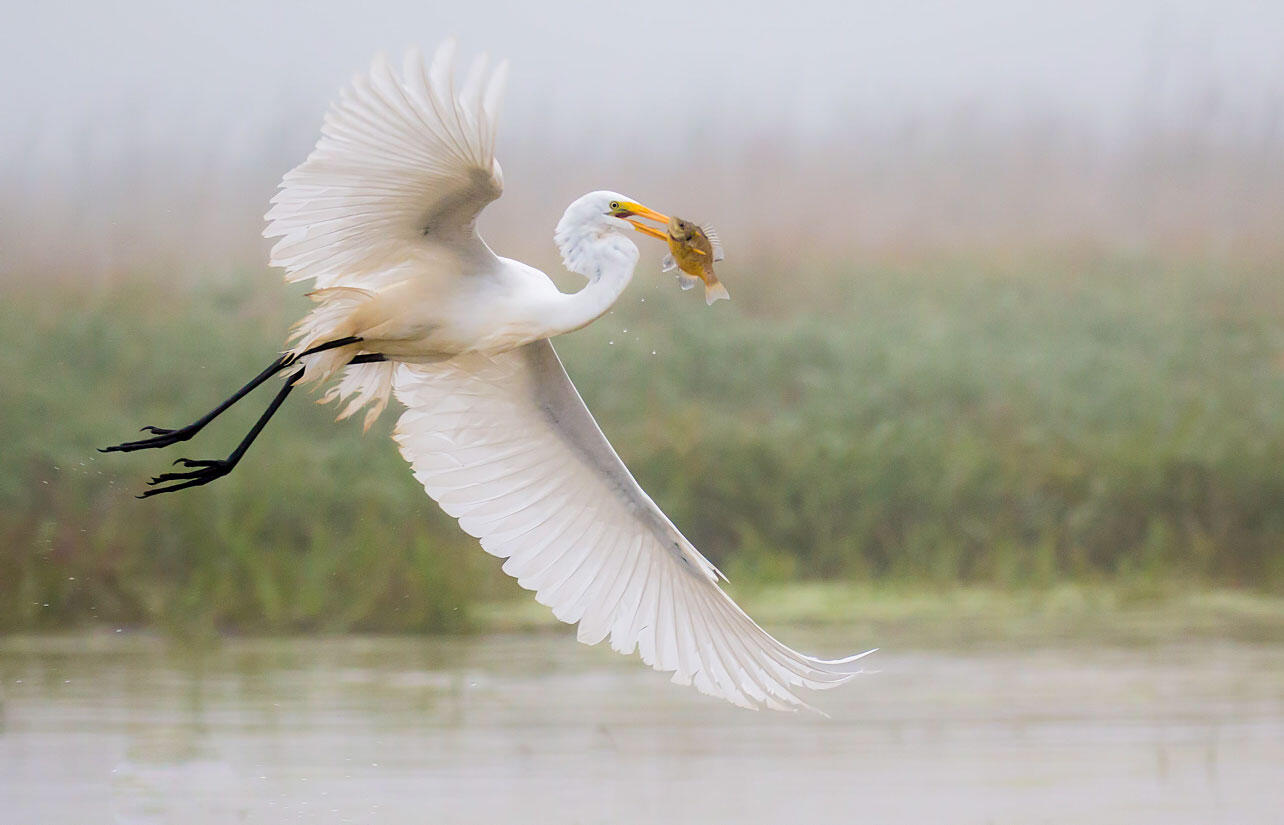
Cattail Chorus Natural Area
Just west of Riverbend Ponds Natural Area is Cattail Chorus Natural Area. Best reached off of Prospect Road or the Spring Creek Trail, this location features plenty of wetlands and cattails, as the name suggests! Spring migration brings the return of Black-crowned Night-Heron, Northern Rough-winged and Cliff swallows, House Wrens, and Yellow-rumped Warblers. Technically connected to Riverbend Ponds Natural Area, it offers the same paved, flat trails with opportunities for observation from benches as well.
This natural area is located north of Prospect Road, east of Timberline Road. Access is typically via the paved Poudre Trail or Spring Creek Trail. The nearest parking is at Prospect Ponds Natural Area or Kingfisher Point Natural Area. Cattail Chorus' approximate address is 745 South Timberline Road.

Fossil Creek Park
At the south end of Fort Collins, the west side of Fossil Creek Park (not to be confused with Fossil Creek Reservoir) provides a setting similar to City Park, with great accessibility and up-close observation. The west side (accessible via Fossil Creek Parkway, or walking from the Lemay parking lot) of Fossil Creek Park has small ponds and a paved trail. Spring migration features returning Killdeer, Common Grackles, and many of the waterfowl species that return to City Park and Riverbend Ponds. The park is located at 5821 S Lemay Ave.
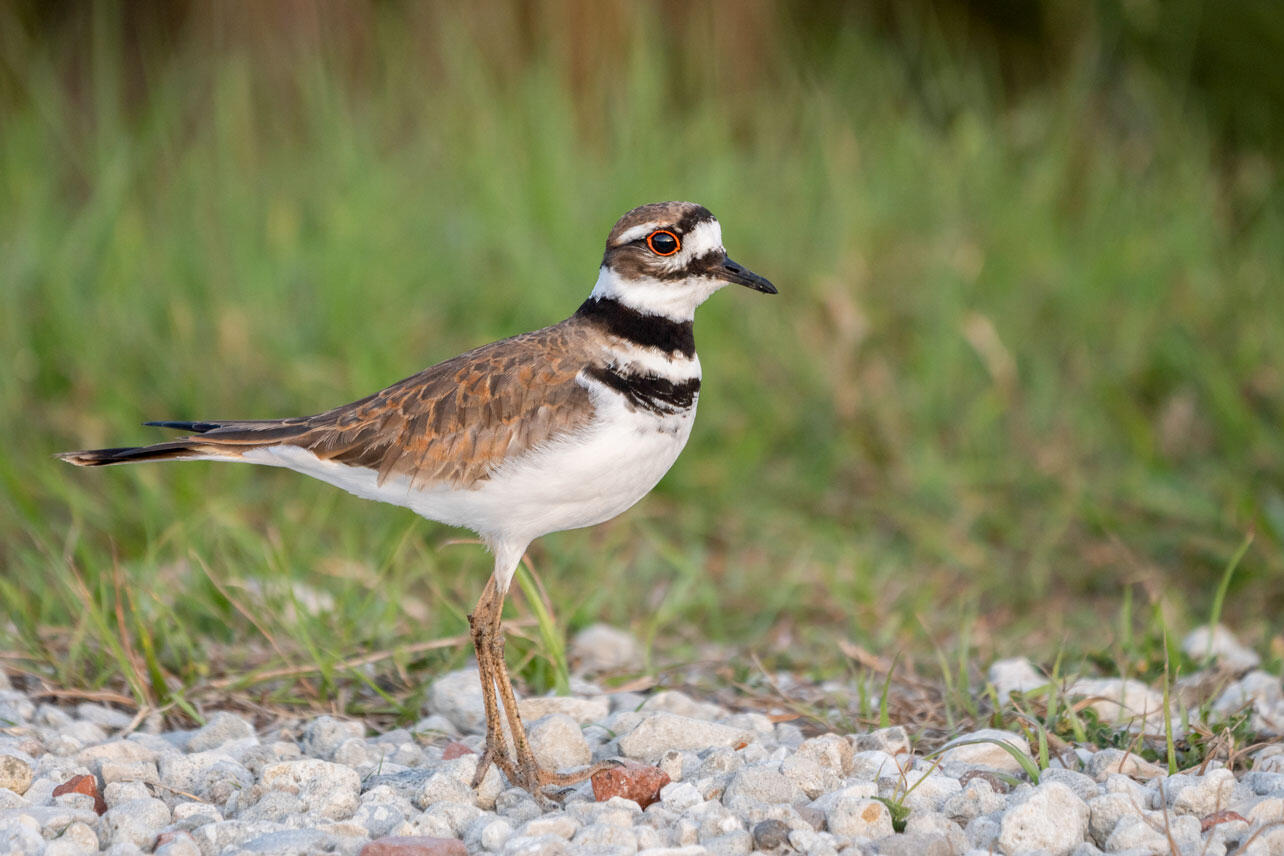
Soapstone Prairie Natural Area
The farthest location from Fort Collins proper on our list, though still a Fort Collins Natural Area, is Soapstone Prairie, up north near the Wyoming border. Only open from March through November, Soapstone provides a different ecosystem for birdwatching than the rest of the locations on our list due to it being, as you might have guessed, a prairie. While still offering stunning mountain views, Soapstone has an extensive unpaved trail system—including a paved 0.3-mile trail—that provides plenty of birdwatching opportunities. Spring migration brings an abundance of birds, including Swainson's Hawks, American Kestrels, Western and Eastern kingbirds, Loggerhead Shrikes, Horned Larks, Thick-billed Longspurs, and Colorado's state bird: the Lark Bunting.
Soapstone Prairie is 25 miles north of Fort Collins. Allow about an hour of travel time. From Fort Collins, take Hwy 1/ Terry Lake Road to County Road 15 north (towards Waverly). From CR 15, turn north onto Rawhide Flats Road and continue north to the entrance station. The approximate address is 22998 Rawhide Flats Road, Wellington, CO. There are nine miles of gravel road that can be dusty, rough, and bumpy. Please respect our neighbors and be safe by observing the speed limit. From I-25, take exit 288 (Buckeye Road) west to County Road 15. Go north on CR 15 and turn north onto Rawhide Flats Road. Follow Rawhide Flats Road to the entrance station. Soapstone Prairie is not accessible via I-25 exit 293 (CR 126/CR 5).
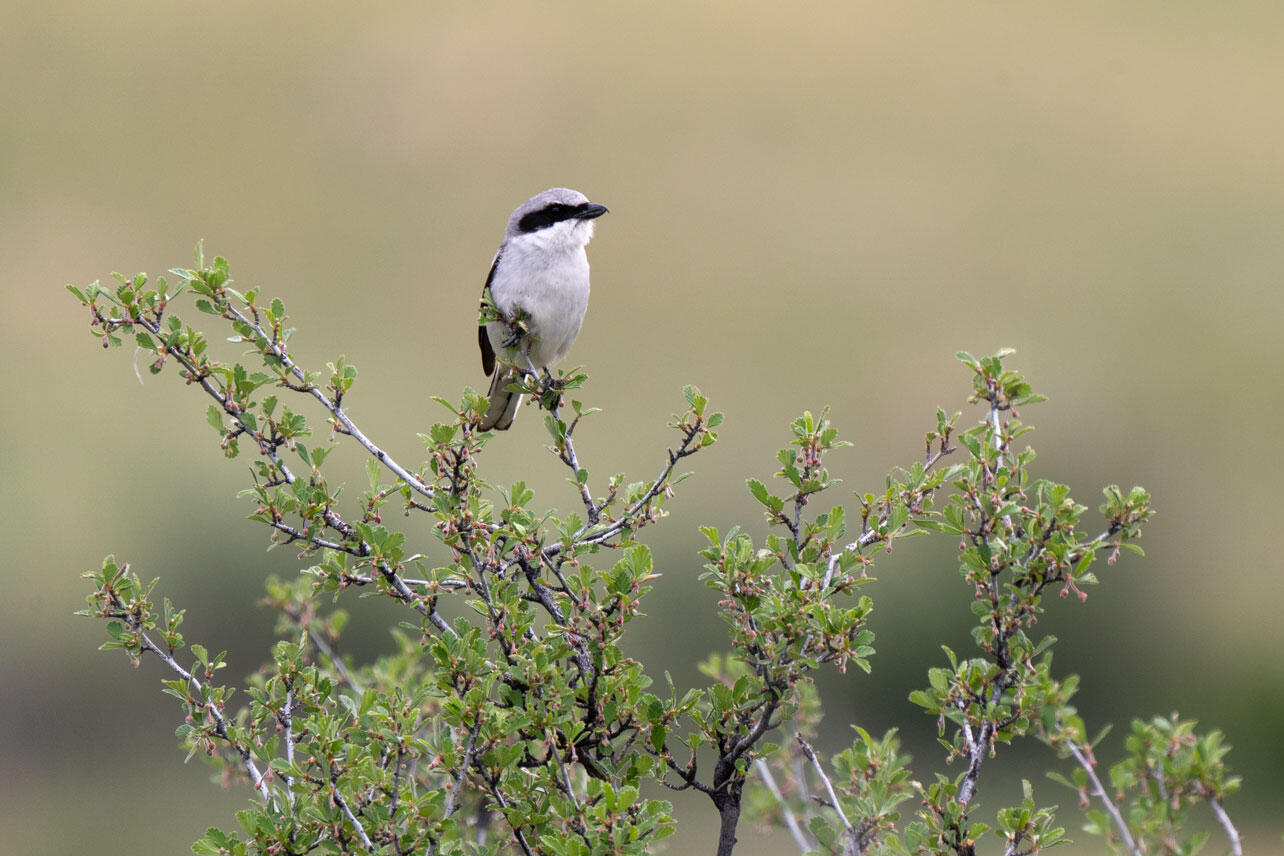
Sources: eBird.org; fcgov.com

